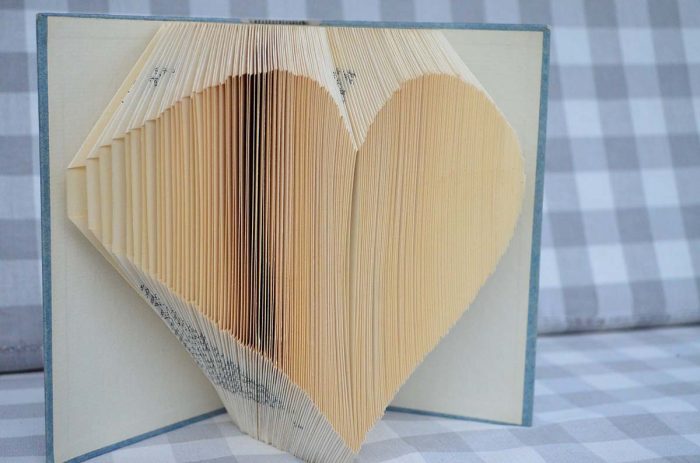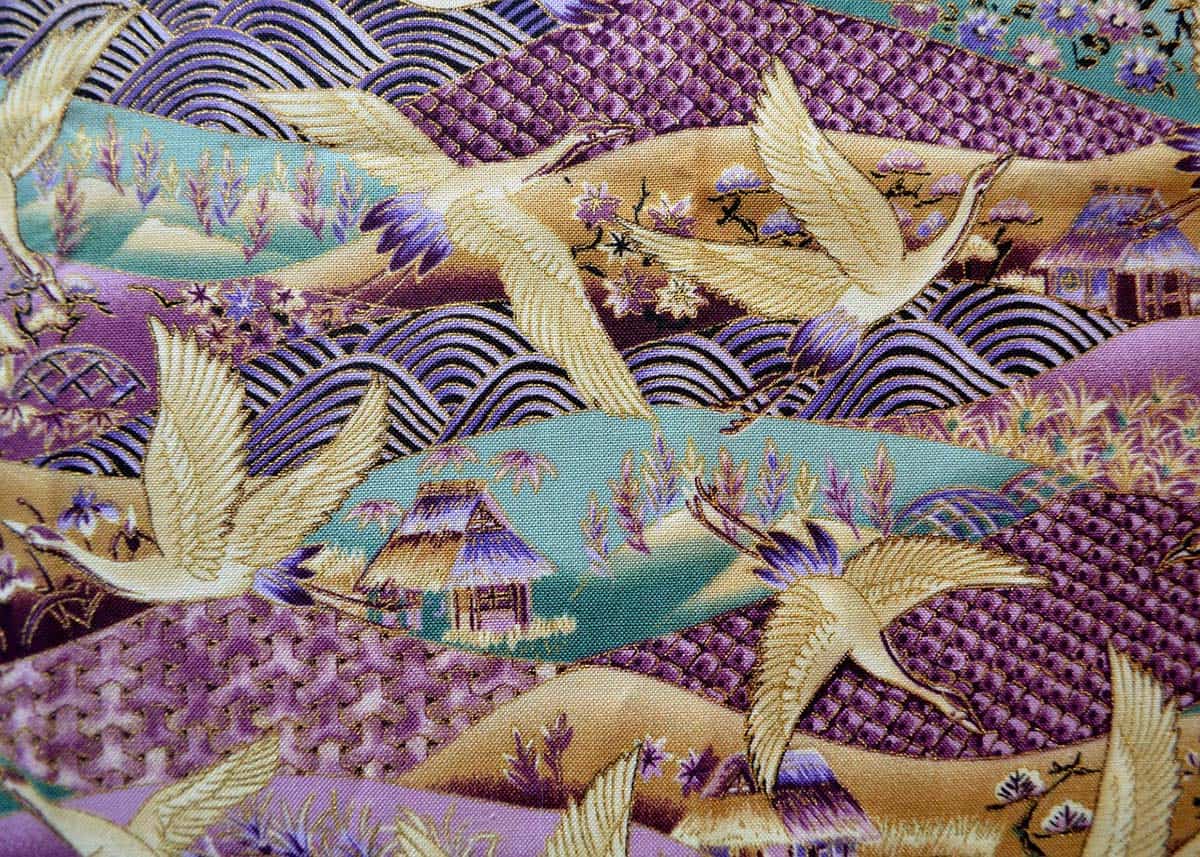If you already possess some sewing experience and like the idea of trying something more challenging, why not consider Japanese sewing patterns?
Japanese patterns
There is a good selection of Japanese sewing patterns and books available, so take a look through a few and see what captures your imagination.
Understanding Japanese is fortunately not a prerequisite, as most books have been translated into English. You may find some original books are only available in Japanese, but you should be able to pick up what you need to know to make a pattern from the images and diagrams.
What to expect in a Japanese sewing pattern
When you view a Japanese sewing pattern, you will get images of the garment first, followed by diagrams and instructions. Each project normally comes with a full-size, pull-out pattern.
Construction techniques are a little on the thin side in the pattern guides; therefore, having some prior sewing experience is handy if you want to delve into Japanese-inspired projects. Since there may be an element of experimentation involved with this type of pattern, it is a good idea to opt for fabrics that are easy to work with, such as cotton fabric.
Sizing
One of the key features of Japanese sewing patterns is that they tend to be small in both fit and height. Clothing sizes in Japan use a letter system (such as S, M and L) or a number system (from 5 to 11).
Since Japanese clothing tends to be made for smaller frames and heights than in the west, take this into consideration when working out your own sizing; for example, you may need to go up additional sizes if you are tall or curvy.
Seam allowances
Another notable feature of Japanese sewing pattern is that they don’t have seam allowances included, so you will need to add these to your pattern pieces yourself. The layout diagram should give you an indication of how much seam allowance you will need.
Once you have worked out what size to sew, trace the patterns from the book and label them. Work out what seam allowances you need to include from the layout diagram, and sketch a new diagram detailing these. Write a set of instructions to explain how to put the item together, using the diagrams as clues.





